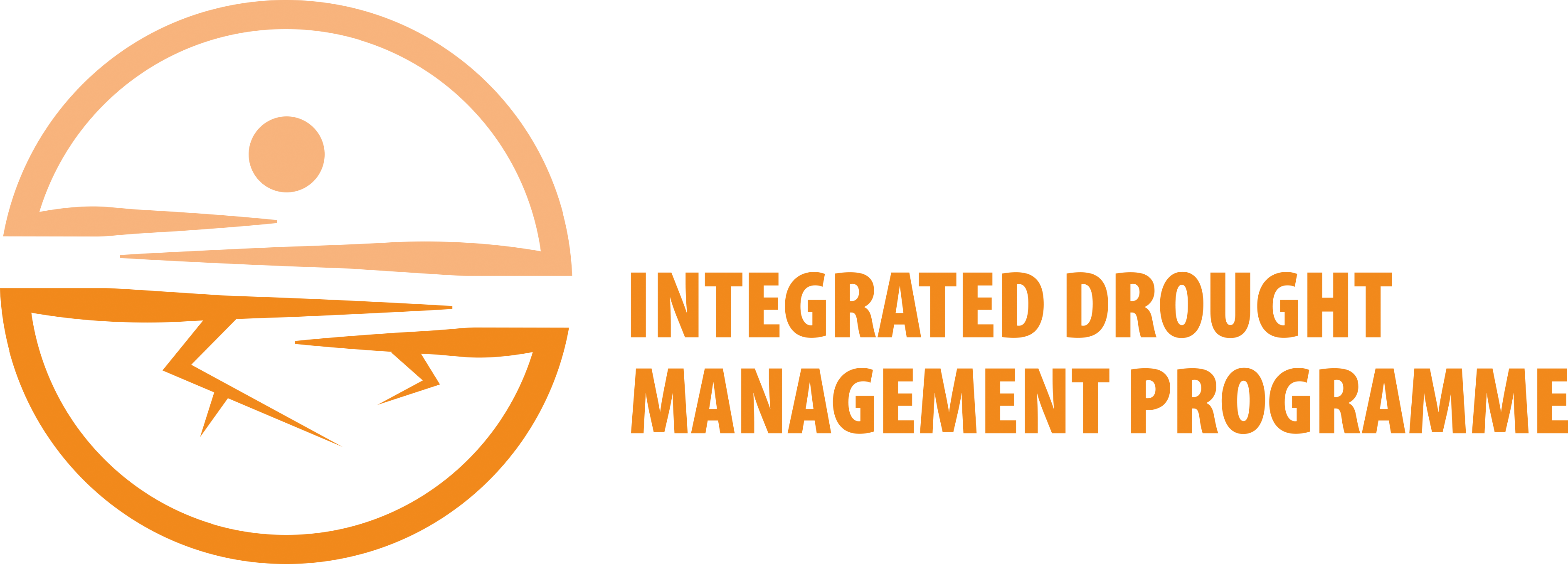Global Integrated Drought Monitoring and Prediction System (GIDMaPS)
Index name: Global Integrated Drought Monitoring and Prediction System (GIDMaPS).
Ease of use: Green.
Origins: Developed from work done by Hao et al. at the University of California in Irvine, United States, as a system to monitor and predict drought over the globe.
Characteristics: Provides drought information for SPI, soil moisture and the Multivariate Standardized Drought Index (MSDI). GIDMaPS also uses satellite data combined with data assimilation tools. The product is produced on a gridded basis in near real time, and combines monitoring and prediction as a way to monitor, assess and anticipate droughts with multiple impacts.
Input parameters: Uses an algorithm in which remotely sensed data are combined with the Global Land Data Assimilation System (GLDAS) index to produce output for three drought indices as well as seasonal predictions.
Applications: Used for monitoring and predicting by producing values for SPI, MSDI and Standardized Soil Moisture Index. Can be used for agriculture and other sectors.
Strengths: The gridded and global data represent all areas well. With both a wet and a dry scale, GIDMaPS can be used to monitor more than just drought. It is excellent for areas lacking good surface observations with long periods of record. It is relatively easy to use in that it is computed without the need for input from users.
Weaknesses: Grid sizes may not represent all areas and climate regimes equally. A period of record going back to 1980 is very short when considering climatic applications. To modify it, the code and inputs would need to be obtained.
Resources: The literature well explains the process and online resources and maps are readily available at the University of California – Irvine GIDMaPS webpage.
Reference: Hao, Z., A. AghaKouchak, N. Nakhjiri and A. Farahmand, 2014: Global integrated drought monitoring and prediction system. Scientific Data, 1: 1–10. DOI: 10.1038/sdata.2014.1.


